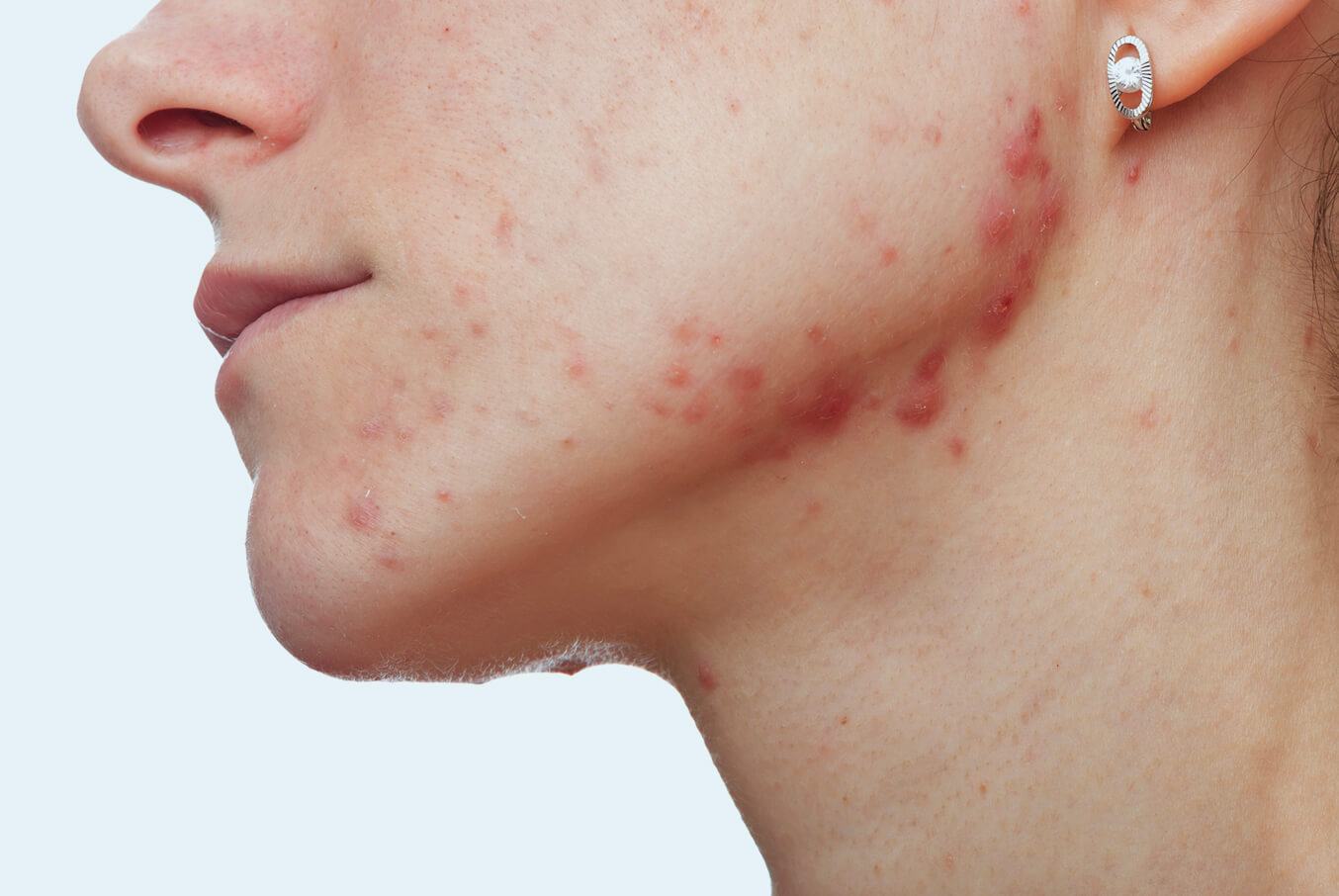Acne, melasma and hyperpigmentation are three of the most common types of skin problems.
Acne occurs when oil and dead skin cells clog up the pores and follicles, resulting in white heads, black heads, red bumps and, in serious cases, pustules.
Melasma – the patchy pigmentation over the cheek, forehead, chin, nose and above the upper lip – is associated with high oestrogen levels during pregnancy, oral contraceptives or hormone therapy.
Hyperpigmentation of the skin results from prolonged sun exposure, skin irritation or even acne. Pigmentation can affect anywhere from the face, the body and even to the hands. Using sunscreen for protection against the sun, applying topical creams and stopping certain medications are some methods of treatment.
At GynaeMD Women’s & Rejuvenation Clinic, in addition to these measures, we recommend non-ablative laser treatment to remove these blemishes and to rejuvenate the skin. Being non-ablative and highly-customisable for a range of skin types, there is minimal downtime which means that our patients can return to regular activities after the treatment.

Our clinic uses a two-step thermal skin rejuvenation procedure aimed at the treatment of enlarged pores, acne scars, fine wrinkles, pigmentation and melasma.
Our gentle skin laser rejuvenation treatment provides photobiostimulation to the epidermis, gently heating and mildly exfoliating the outermost layer of the skin. The laser energy results in photomechanical destruction of the microfine carbon particles in the previously applied carbon lotion. Because the outermost layer of dead skin cells are gently removed, the dermal cells associated with skin rejuvenation like fibroblasts, mast cells and macrophage cells are stimulated, resulting in skin regeneration and collagen re-modelling. This treatment is suitable for patients who have poor skin tone, wrinkles and are looking for scar reduction.
The dual mechanism of our laser treatment diminishes the inflammation of acne, reduces sebum production and stimulates epithelial proliferation.
Our laser treatment induces superficial peeling as a result of photomechanical action and removes excessive sebum, exfoliates the upper layer of skin and unplugs the pores. First, topically-applied carbon particles penetrate into the pores. Next, the energy from the laser is absorbed by the skin and causes the carbon particles to explode. This process reduces the size of the inner walls of the pores by invigorating the healing process. The subsequent dermal remodelling effect in Q-switched mode promotes regeneration of collagen and restores elasticity in the skin.
Attempts to treat melasma with lasers and other light sources have frequently resulted in irritation, post-inflammatory pigmentation and, occasionally, worsening of the melasma. Our laser toning treatment is designed to penetrate and target melanin in the deep dermis, thereby treating both dermal and epidermal melasma. As it is a non-ablative procedure, patients can complete treatments and return to their normal daily routines shortly afterwards.
Do you have questions about women’s
health and pregnancy?
Let us help you.